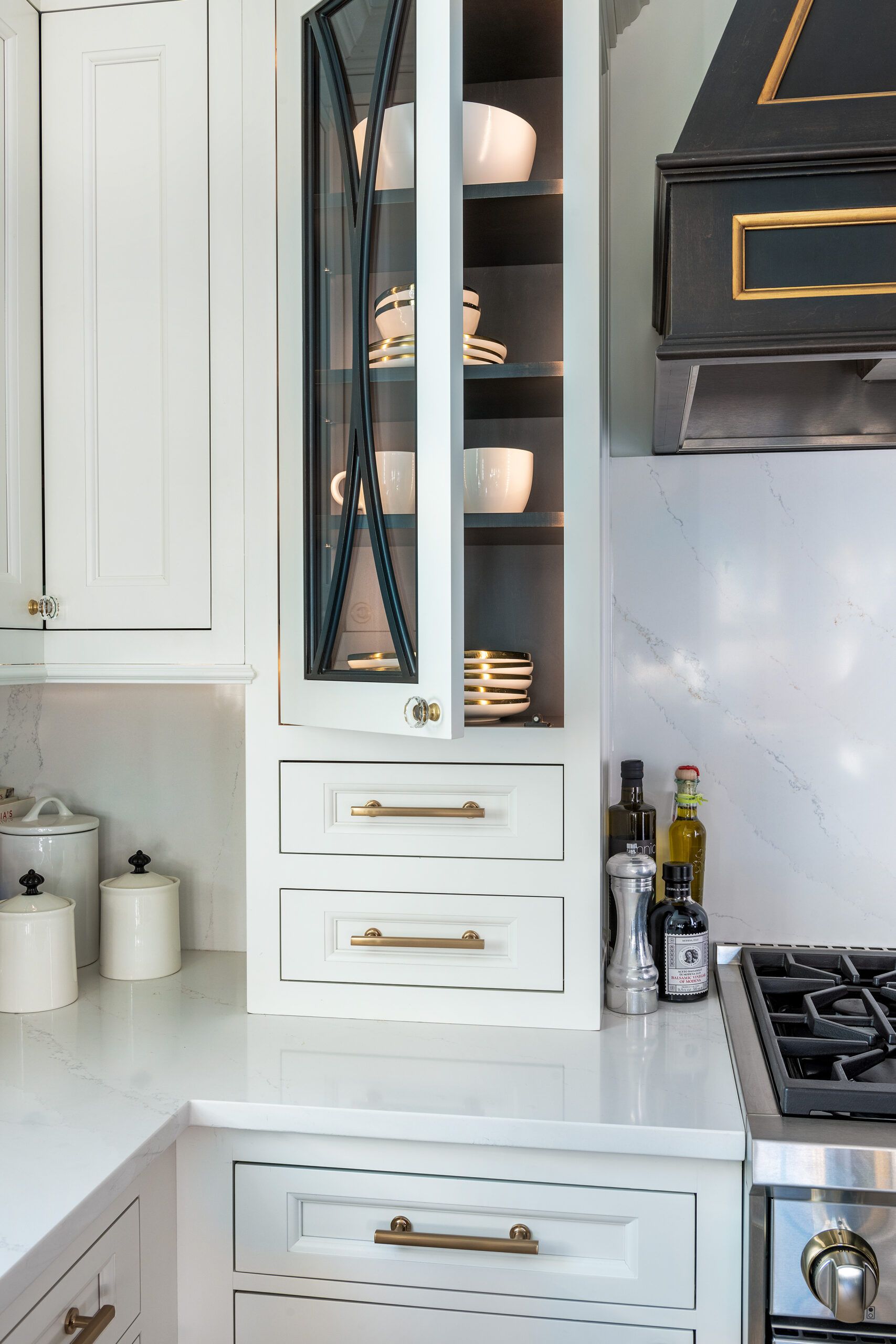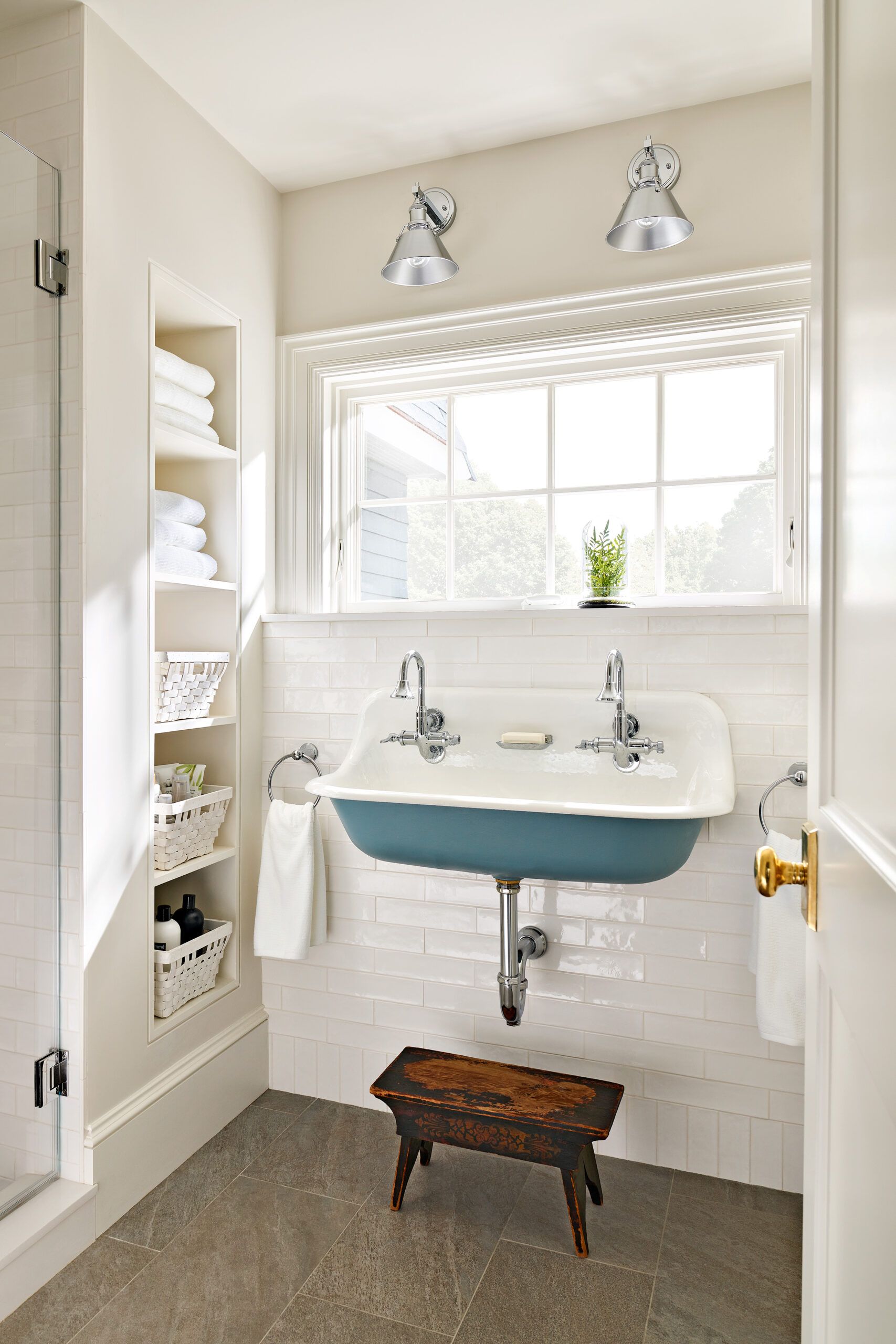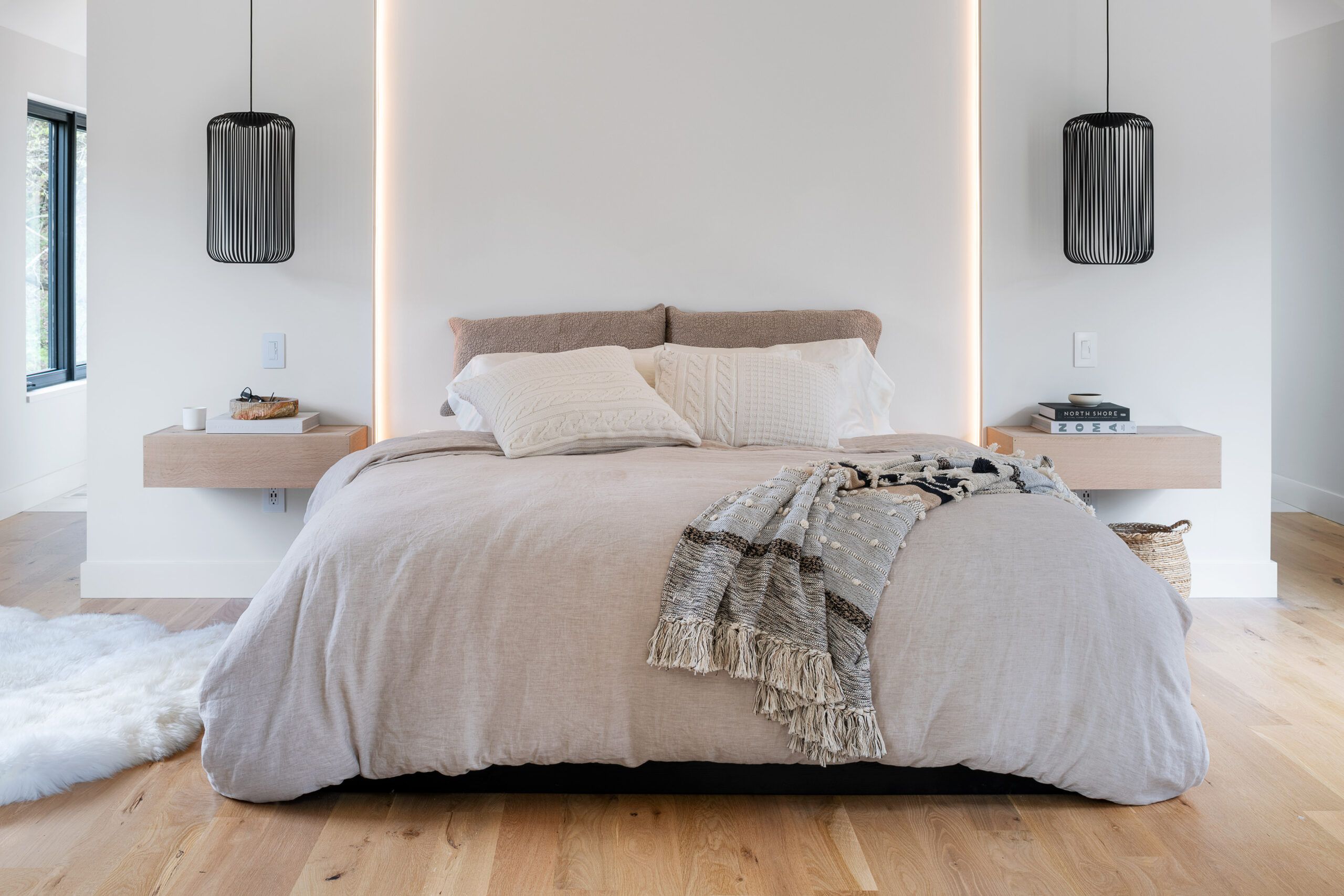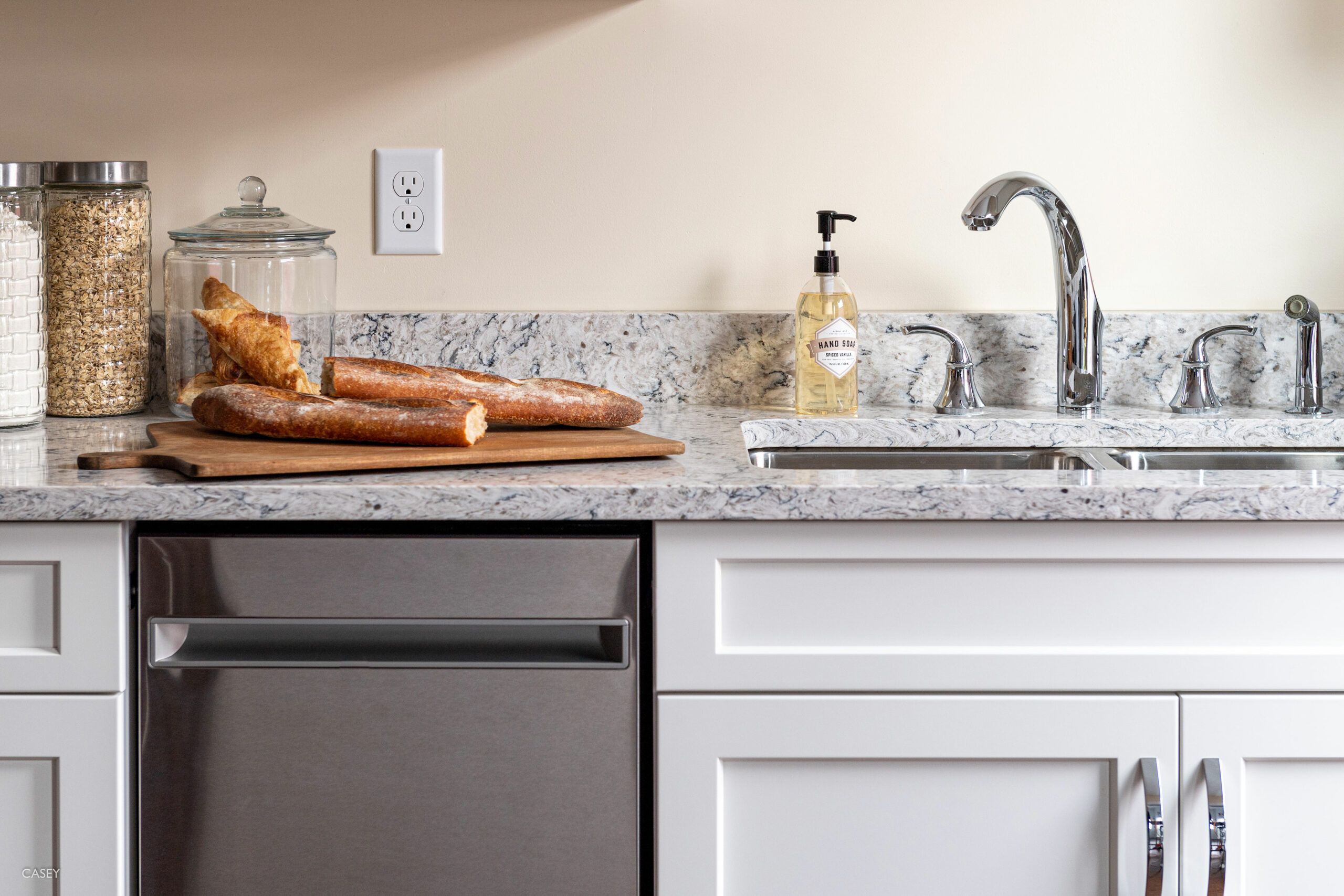Decluttering your entire home can be overwhelming, but the benefits are well worth the effort. A clutter-free space not only enhances the appearance of your home but also boosts productivity, reduces stress, and improves overall well-being. Our guide will offer strategies and tips for effectively decluttering each room, making the process more manageable.
Effective Decluttering Strategies
Breaking your decluttering project into manageable tasks makes it more achievable. Here are a few practical strategies to help you efficiently declutter your home.
Tackle One Zone at a Time
Focus on one room or zone at a time to avoid feeling overwhelmed and to monitor your progress effectively. Allocate ample time for each area to ensure a thorough decluttering process. Avoid rushing through; take your time to achieve the best results.
Clean as You Go
As you declutter, clean surfaces and areas you clean simplify the final cleaning. After decluttering a zone, complete the process with thorough dusting and floor cleaning to refresh the space.
Restore Each Space’s True Purpose
Think about each room or area’s intended use and remove items that don’t support this function. Visualize each space’s desired look and feel to guide your decluttering decisions.
Sort Items Responsibly
Have designated bags or boxes for different categories to streamline the sorting process and keep things organized. Use these organizational categories for items that are no longer useful or needed:
- Gift: Offer items to friends or family who may appreciate them.
- Donate: Contribute to local charities or organizations.
- Recycle: Dispose of items in an environmentally friendly manner when possible.
- Discard: As a last resort, discard items that cannot be reused or recycled.
Conduct Routine Decluttering
To keep your home clutter-free, make decluttering a regular habit. Schedule periodic sessions to review and organize your belongings. Develop daily habits like tidying surfaces and returning items to their designated places. Regularly adjust your organizational systems and invest in smart storage solutions to adapt to your changing needs and maintain an orderly home.
How To Declutter Your House, Room by Room
We’ll explain how to declutter your home, room by room, to help you create a more organized and functional space.
Kitchen Decluttering
Start by clearing the countertops of non-food items like junk mail, book bags, and electronics. Store small appliances that aren’t used daily to free up space. Next, address cabinets and drawers, discarding broken or rusty cookware, unnecessary duplicates, and rarely used gadgets. Throw away mismatched storage containers, worn dish towels, and neglected cookbooks. Install organizational solutions like drawer dividers, pull-out shelving for cookware, and turntables for corner cabinets to maximize space and efficiency.

The refrigerator is often the messiest task, so tackle it as the final step. Remove expired items, clean thoroughly, and reorganize for optimal use. You may want to dedicate a separate day to decluttering a walk-in pantry, which can be time-consuming.
Tip: Try labeling shelves and containers in your cabinets and pantry. This will help maintain organization and make it easier for other household members to find and return items to their proper places.
Bathroom Decluttering
Start by decluttering the medicine cabinet and disposing of expired medications and products. Empty the vanity, group similar items together, and keep only those you use regularly in good condition. Add organizers for the shower, walls, tight spaces, and over-the-door solutions for extra storage. In the linen closet, discard worn-out towels, neatly fold the remaining ones, and store seasonal items on the top shelf.

Limit “in-use” items to one of each, such as one toothbrush or one hairbrush, and store the rest. Try installing open shelving or using a combination of a medicine cabinet and towel rack. If your bathroom doubles as a “reading room,” use a slim, moisture-resistant magazine holder to keep reading materials organized.
Finally, cleaning supplies should be stored in a separate caddy for safety and convenience.
Family Room, Living Room, or Den
Remove items related to non-social activities like homework, exercise, or bill-paying to ensure the room serves its intended social purpose. Provide each family member with a designated storage container, such as neutral-colored baskets, to organize their belongings without detracting from the room’s aesthetics. Minimize decorative accents by keeping only a few cozy pillows and throws, and remove unnecessary knick-knacks, outdated coffee table books, and non-aesthetic travel souvenirs.
Invest in furniture with built-in storage, such as lift-top coffee tables, storage ottomans, or nesting tables. Assess your entertainment collection and consider digitizing DVDs and CDs to free up physical space.

Bedroom
Begin by gathering all clothing items scattered around the room, either putting them away or placing them in the laundry hamper. Then, sort through drawers and closets, removing worn-out clothing, mismatched socks, and anything you no longer wear or need. Streamline your nightstand by keeping only essential items within reach, creating a clutter-free space.
Evaluate your bedroom furniture and replace bulky pieces with built-in storage solutions or add a storage bench at the foot of the bed. Install floating shelves to store everyday items like cosmetics or books easily accessible without cluttering surfaces. If your bedroom doubles as a workspace, take the time to thoroughly organize it by filing papers, neatly storing supplies, and managing electronics and cords.

Establish a regular closet purge routine to maintain an organized space, following guidelines like “one in, one out” or removing items not worn in the past six months. Upgrade to uniform, space-saving hangers to create a more cohesive closet appearance. You should also reduce decorative items and excess pillows on the bed to create a calmer, more restful sleeping environment.
Home Office
Begin by clearing your desk completely, returning only the items you use daily. Implement a filing system for important documents and regularly dispose of unnecessary papers to maintain a clutter-free workspace. Also, organize digital files and emails to minimize virtual clutter.
Use cable management solutions to conceal cords. Invest in storage solutions like bookshelves, filing cabinets, or storage ottomans for organizing supplies. Create a designated spot for incoming mail and bills to prevent paper buildup.
Garage or Storage Areas
Maximize your garage’s vertical space by installing wall-mounted shelves, pegboards, or overhead storage racks. Store smaller items in clear, labeled containers to make them easy to find and access.
Organize the space by creating specific zones for different purposes, such as gardening tools, sports equipment, and seasonal decorations. Hold a garage sale or donate usable items to charity.

